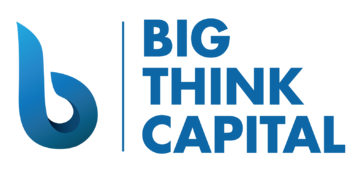Short term financing is an essential option for small businesses. Buying inventory, covering working capital expenses while awaiting payment of invoices, and expanding operations are just some of the uses small businesses have for short term loans.
While the overall structure is similar to their more common relative, long term loans, there are some important differences.
As with long term loans, your business will need to qualify with the lender. In addition to your credit score, the lender may also want to see records of previous loan repayments, payment histories to your suppliers and your company’s cash flow history, preferably for the past 3 to 5 years. An income statement may also be required. Depending upon these factors, and the lender you’re dealing with, your loan may be secured against collateral or unsecured, also known as a “signature loan.”
Payment schedules also differ. Where traditional long term loans usually require monthly payments, short term loans may have payment schedules as frequent as every business day.


